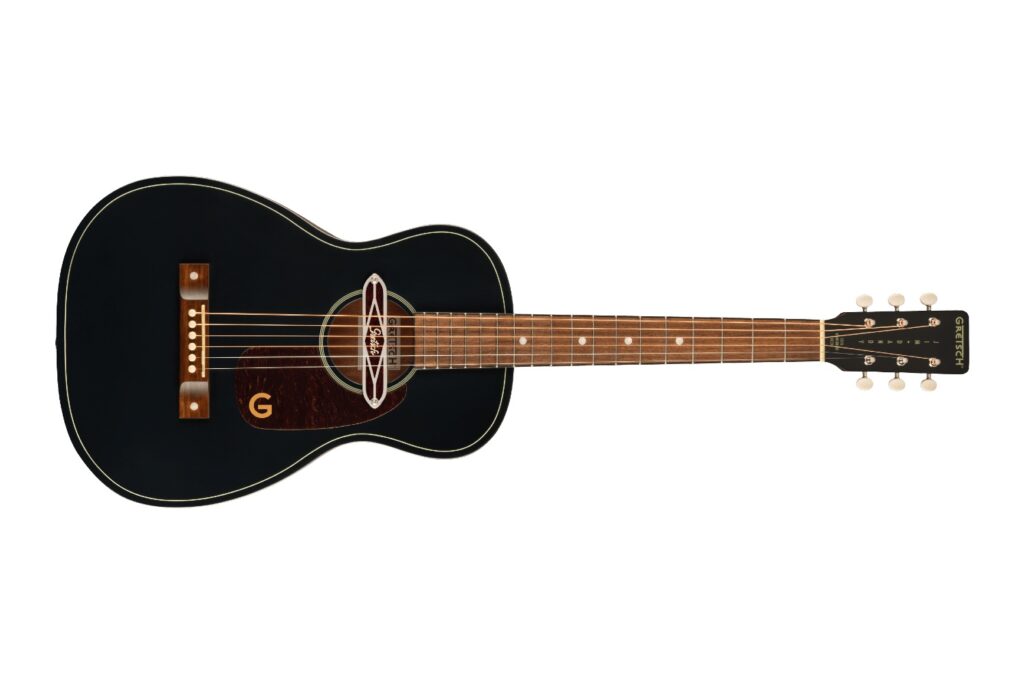APOGEE | Enquire for pricing
Renowned for their impeccable interface and A/D design, industry stalwarts Apogee have been on a tear of late, distilling decades of studio excellence into a range of bespoke desktop options. Recent generation Apogee products like the highly coveted Apogee Desktop Symphony were an overt indication of the brands intentions to distill decades of high end studio expertise and bringing it into the home by way of small footprints, extremely powerful DSP capabilities, pro level conversion and I/O expansion, being just some of the touchstones Apogee have been mining with this latest generation of products.
Catch up on all the latest music gear reviews here.
It’s also this formidable technical nous and legitimate high end studio pedigree that makes the new HypeMiC USB such an exciting prospect for the mic aficionado (especially given the various technical parallels between the world of audio interfaces and that of digital transducers powered by the Universal Serial Bus.)
In practice, the results are nothing short of stellar, with the HypeMic boasting some of the highest quality capture and conversion you are ever likely to find on a microphone of this type. As a high-quality content creation mic, its nothing short of a revelation.
That’s not even hyperbole either, it is literally day and night when A/B’d with other mics in its orbit. The pristine, extremely responsive capsule, combined with the top shelf digital components, offer a level of speech intelligibility and verbal clarity that really is a step beyond what you would normally expect from a mic of this type.
Straight out of the box, you get a densely padded hard case containing a desktop stand, microphone stand adaptor, pop filter, cables etc. all of which folds down to make for an extremely The setup is incredibly easy, just plug in and go. The only thing that will require a little brain exercise is deciphering the many options possible through its sleek, minimal interface. I searched up the Apogee knowledge base and surely enough, a detailed key of LED indications was presented, and I was ready to go.
Instantly, I can hear a difference between previous USB microphones I’ve used. The cardioid pattern is snuggly directional, yet off axis, yet doesn’t have a narrow pan as it still picks up ambience in just the right way. This seems small but when you consider the portability of the USB microphone, it makes so much more sense as you’re bound to be using it in settings that are far less ideal than a studio. The potential applications are endless.
While visually, the HypeMiC may bare a passing resemblance to others previously released such as the MiC+ with its dull gold finish and lightweight build; it’s the built-in analogue compression that really sets it apart both from other Apogee mic offerings like the MiC Plus, but also from all other USB mics out there at the present juncture.
More than just a tacked on afterthought, the compressor itself is extremely musical and useable, combining with the super responsive, lightweight diaphragm to give an amazingly accurate representation of that expensive, airy sheen often heard in classic opto/German LDC pairings, especially on the human voice, where the HypeMiC is a standout.
There are three compression settings; Shape It, Squeeze It and Smash It, on the front panel selected by the control knob. Shape It is the minimal amount of compression for general application, and Squeeze It would be more for podcasting and interviewing. Smash It, which is suitable for single voice broadcast, and bellowing vocals.
The microphone utilises a cardioid polar pattern (which makes a tonne of sense on a USB mic considering the amount of fan noise spewing out so many laptop and DAW setups), while its 3 multicolour LEDs are very helpful at denoting status, input, compression and Blend mode for zero latency. It’s an incredibly easy setup with no software required and comes with premium accessories including a Micro B-to-Lightning cable alongside the usual USB-C and USB-A.
Workflow and setup aside, it’s without question the sound quality that shines through, and with clarity like this, there is very little room to hide with its direct, unadulterated translation of frequencies which can also be attributed to Apogee’s patented PureDIGITAL connection (24-bit sample rate and 96kHz resolution).
This is a blessing rather than a curse for those who really want to enchant their listeners with either their talking voice, or singing voice. It provides a multi-directional sound, not brittle at all. The quality of the diaphragm itself means that despite its exceptional directionality, there is still a lot more usable ‘off-axis’ response than you would expect – especially once you level match to make up for any loss in volume, given the directionality. The noise floor is also really low, generating next to nothing in the way of self-noise, and in many ways making it an ASMR recordists new best friend.
The Apogee HypeMiC’s clarity comes as no surprise, as the company are well known for their A to D conversion, which is exactly what is somehow packed into the demure chassis of the microphone. When you hear for yourself the difference in sound quality and the flexibility of the onboard sound customisation, it really does explain and justify the price tag. If you’re serious about content, vocals, or tracking instruments directly into your computer, the Apogee HypeMiC is definitely the way to go.
Head to Apogee for more information and to Link Audio for local enquiries.







